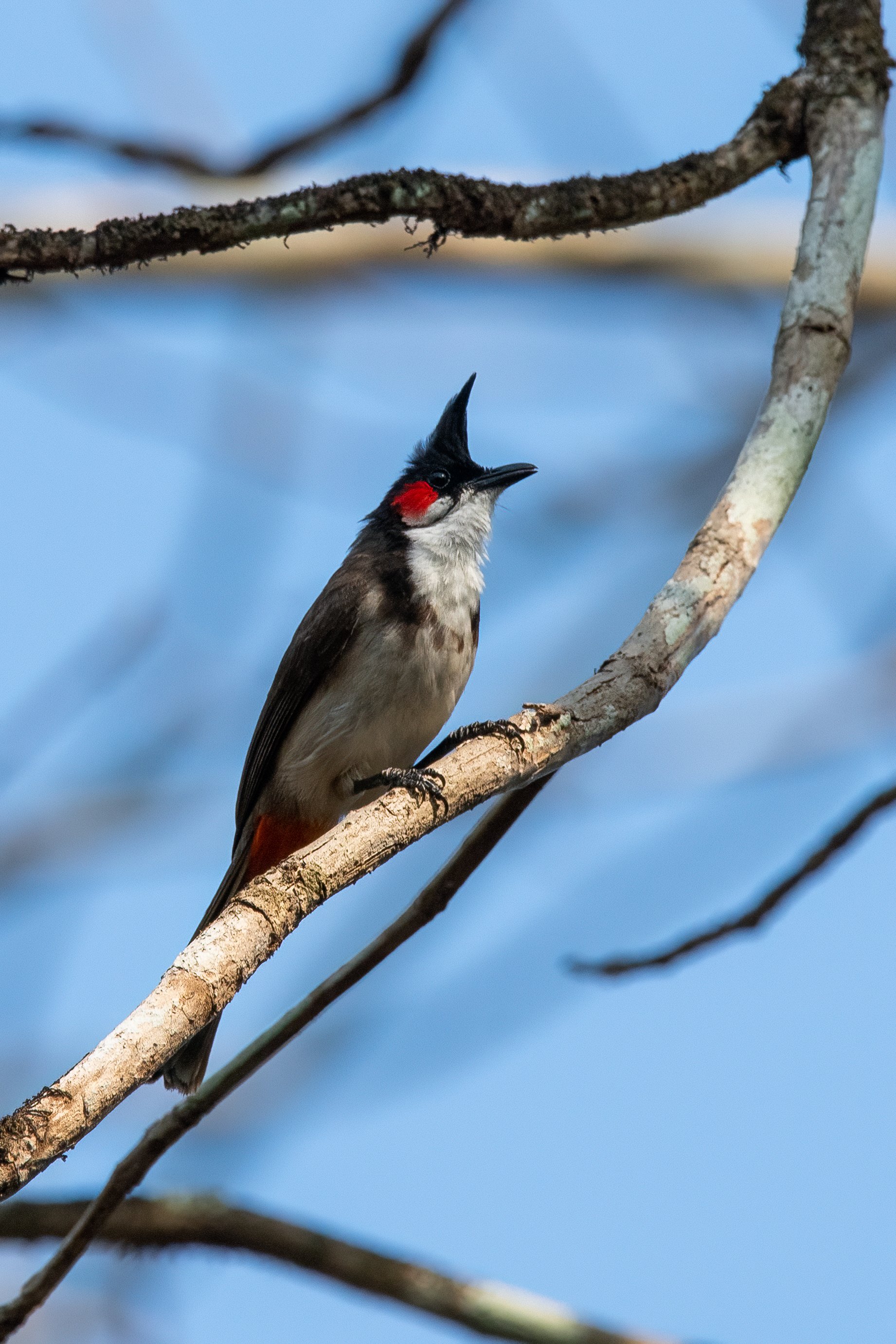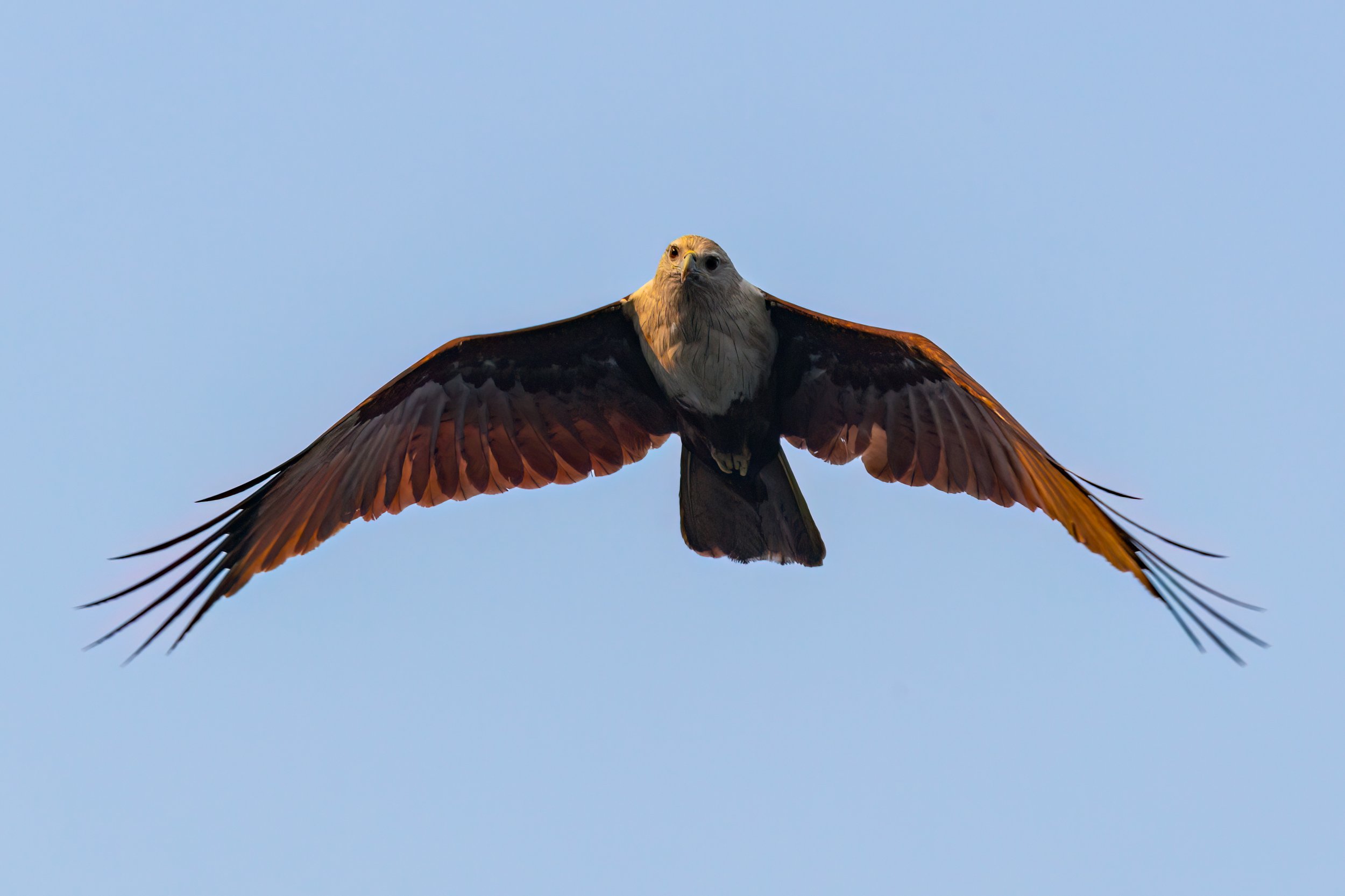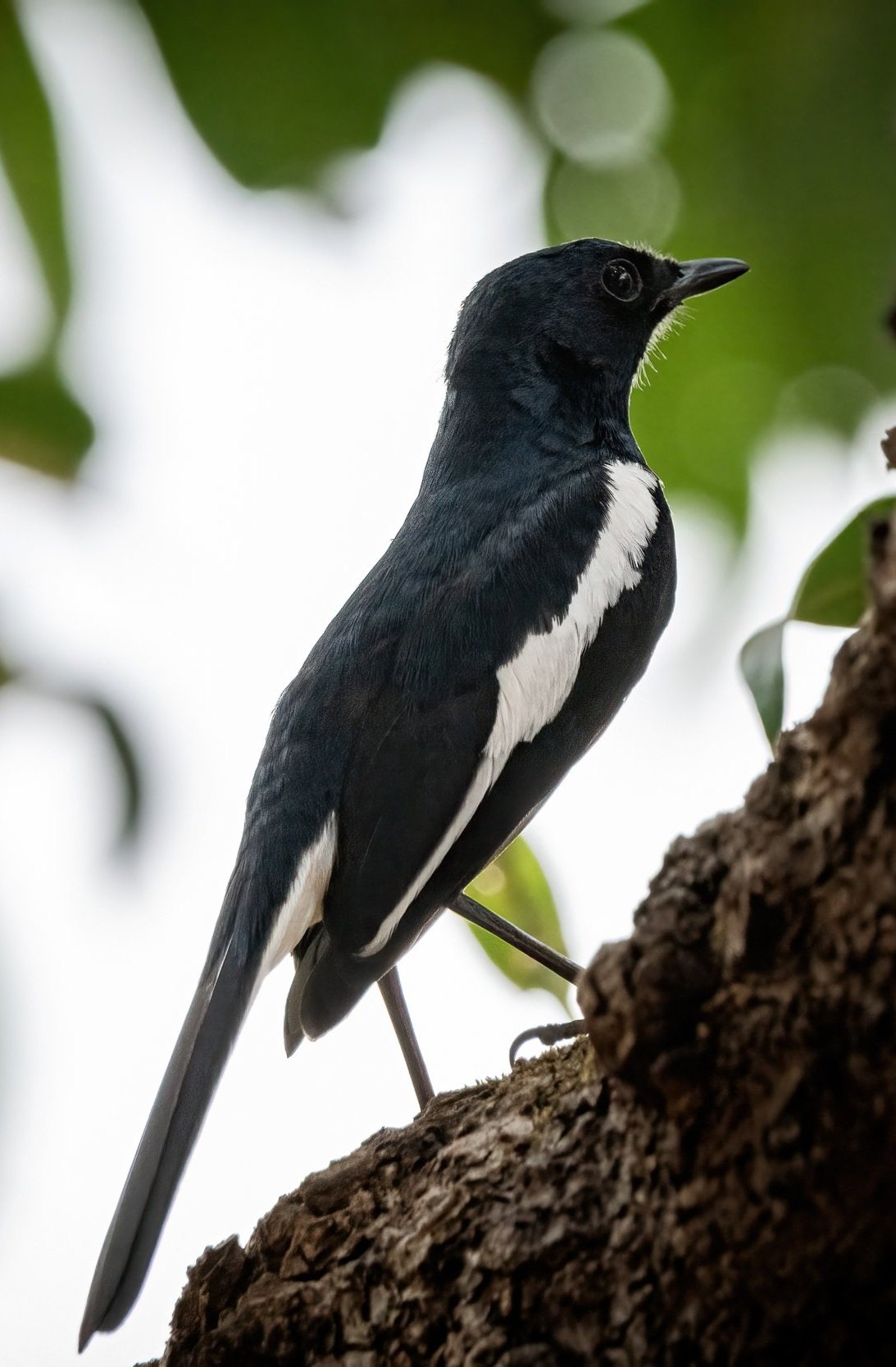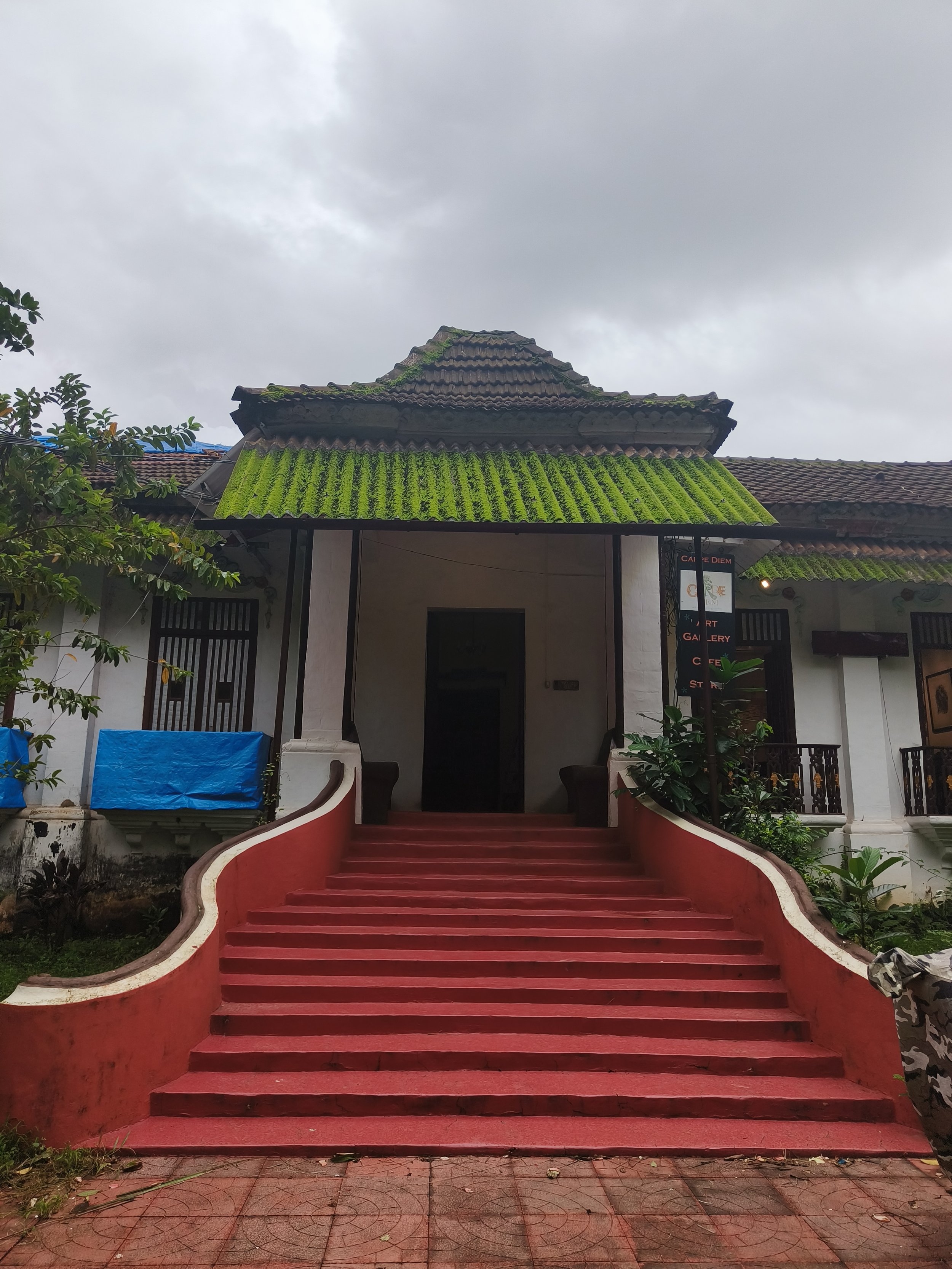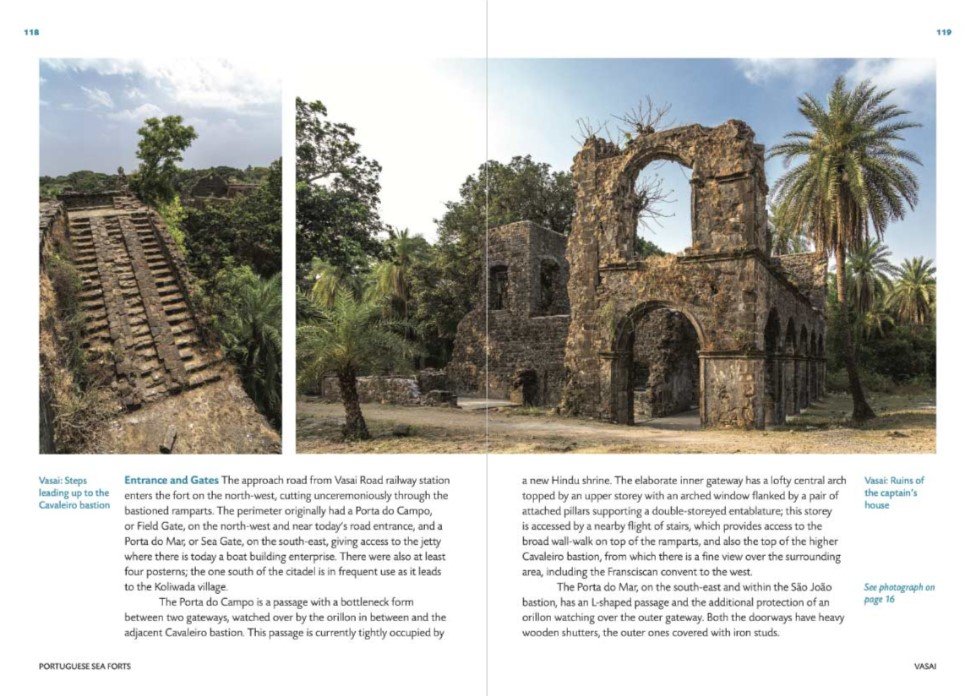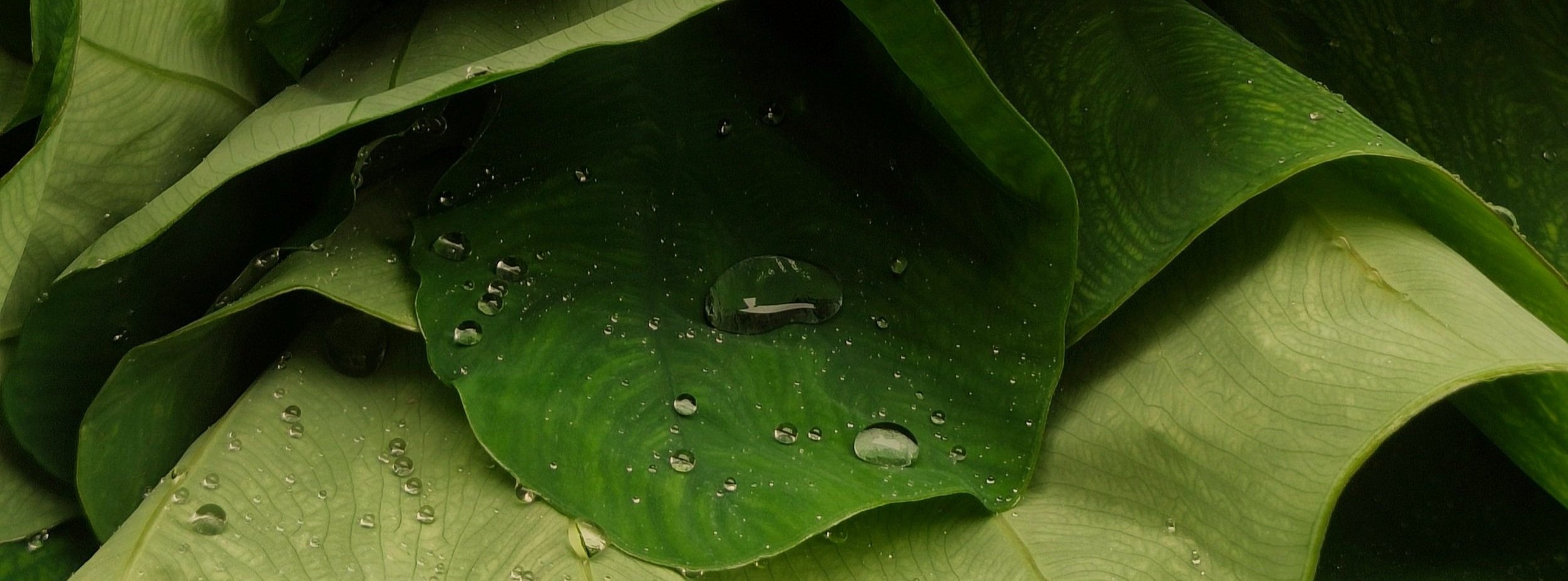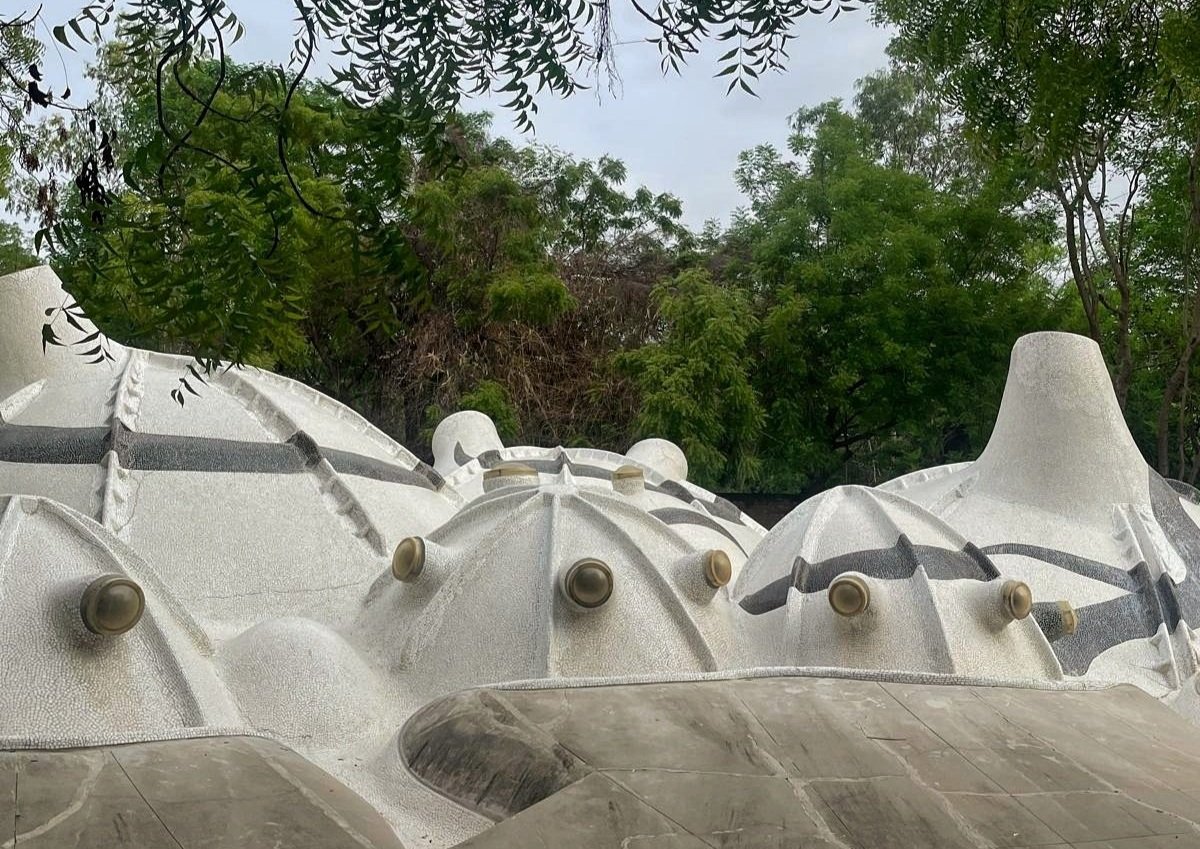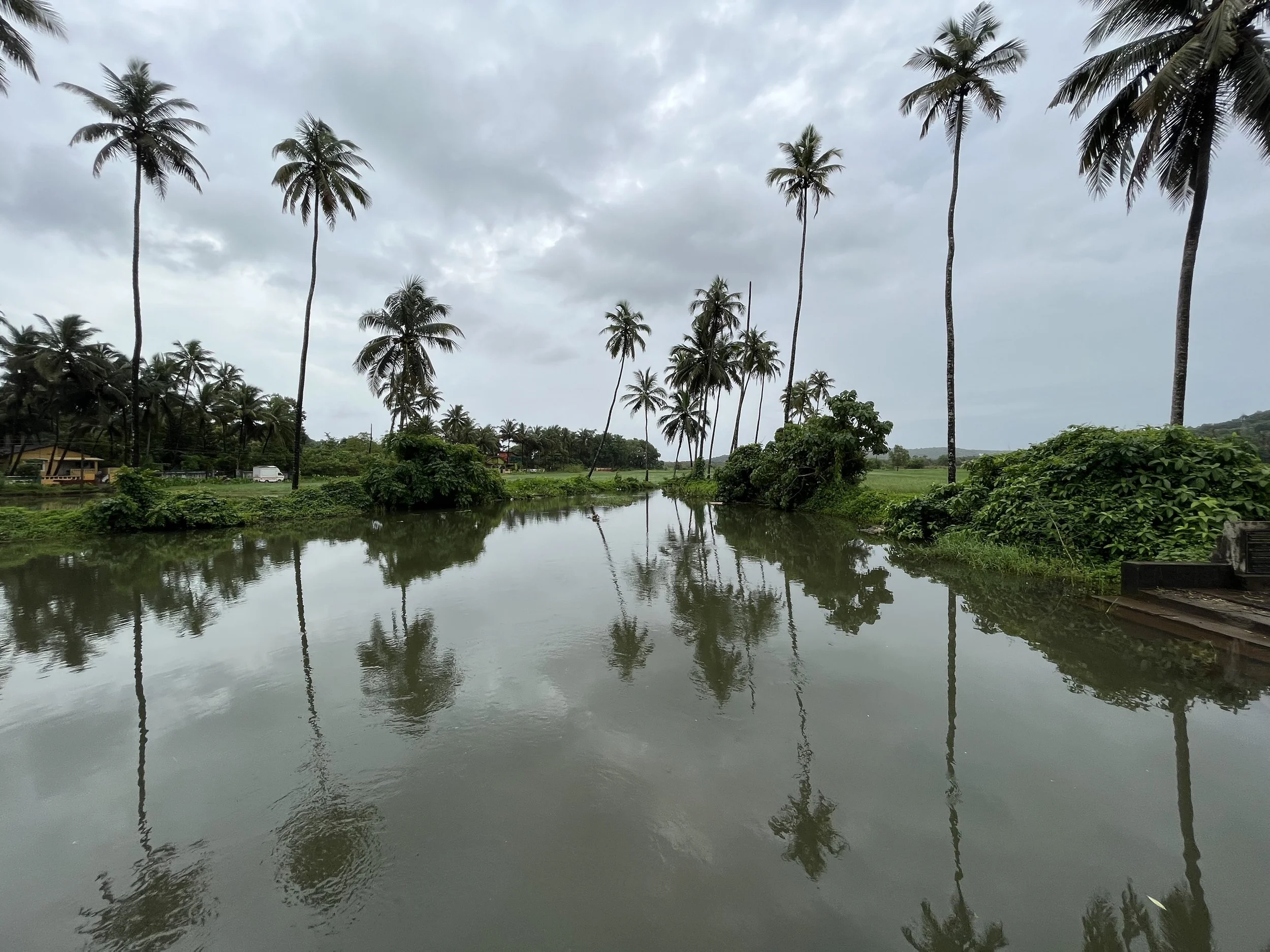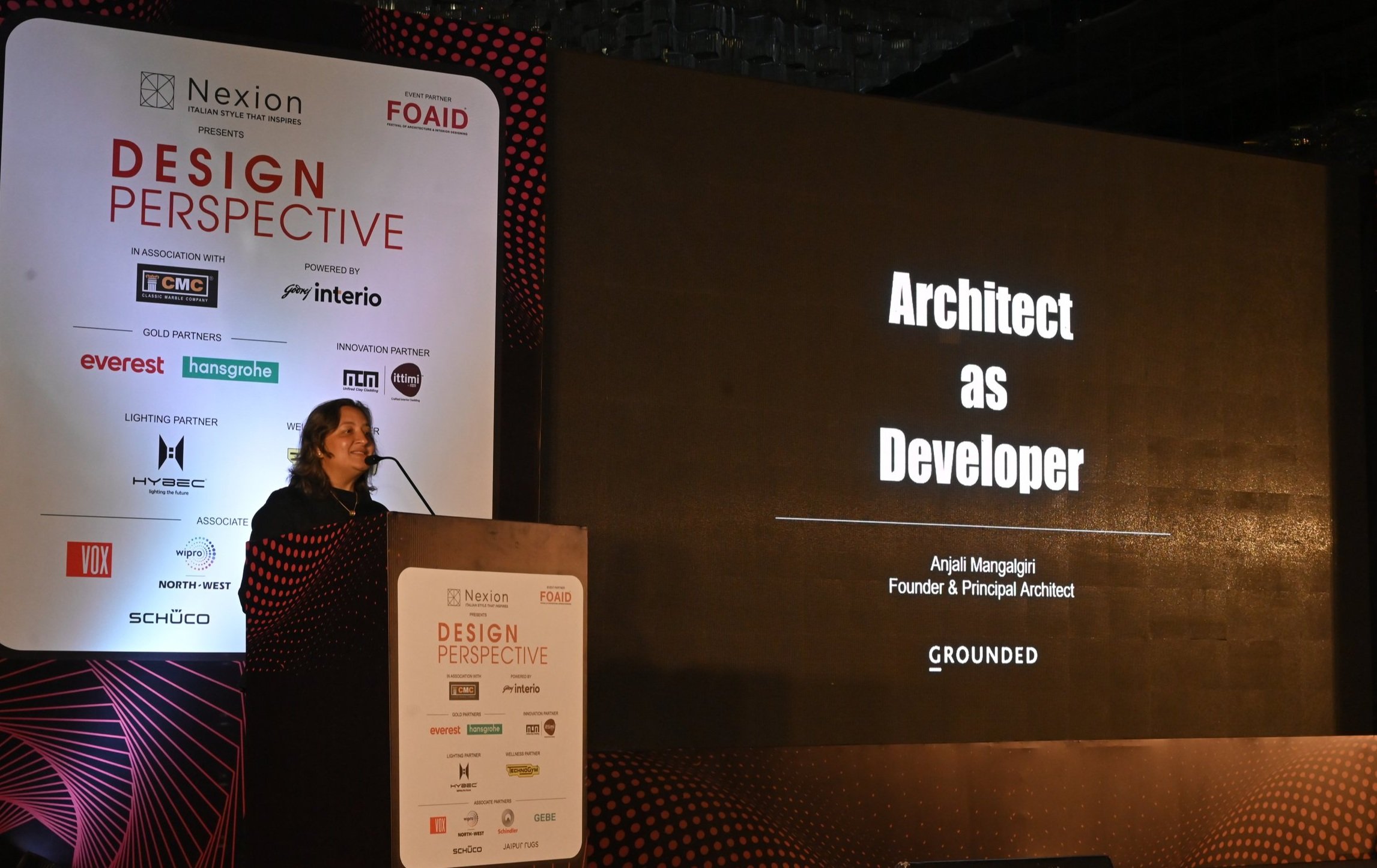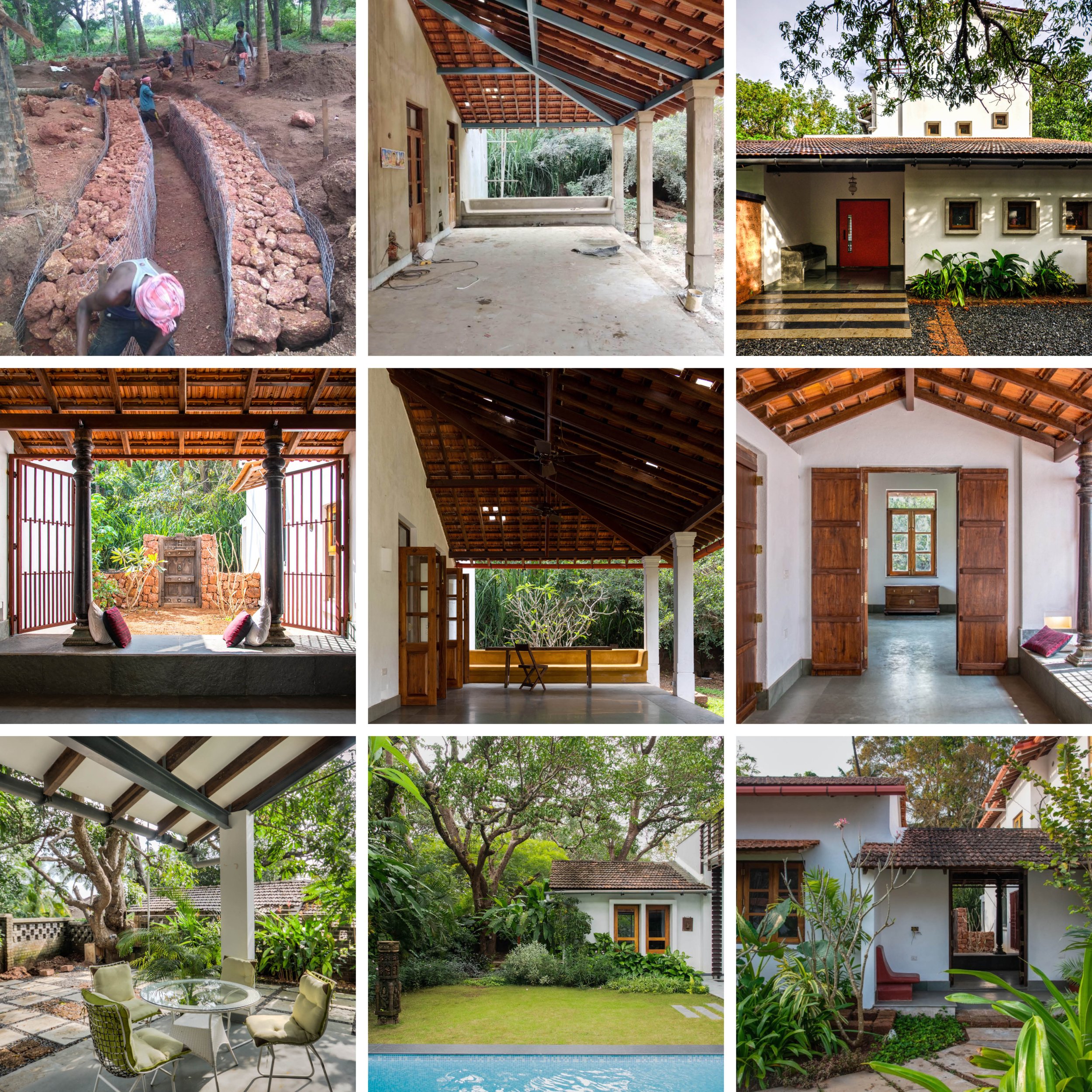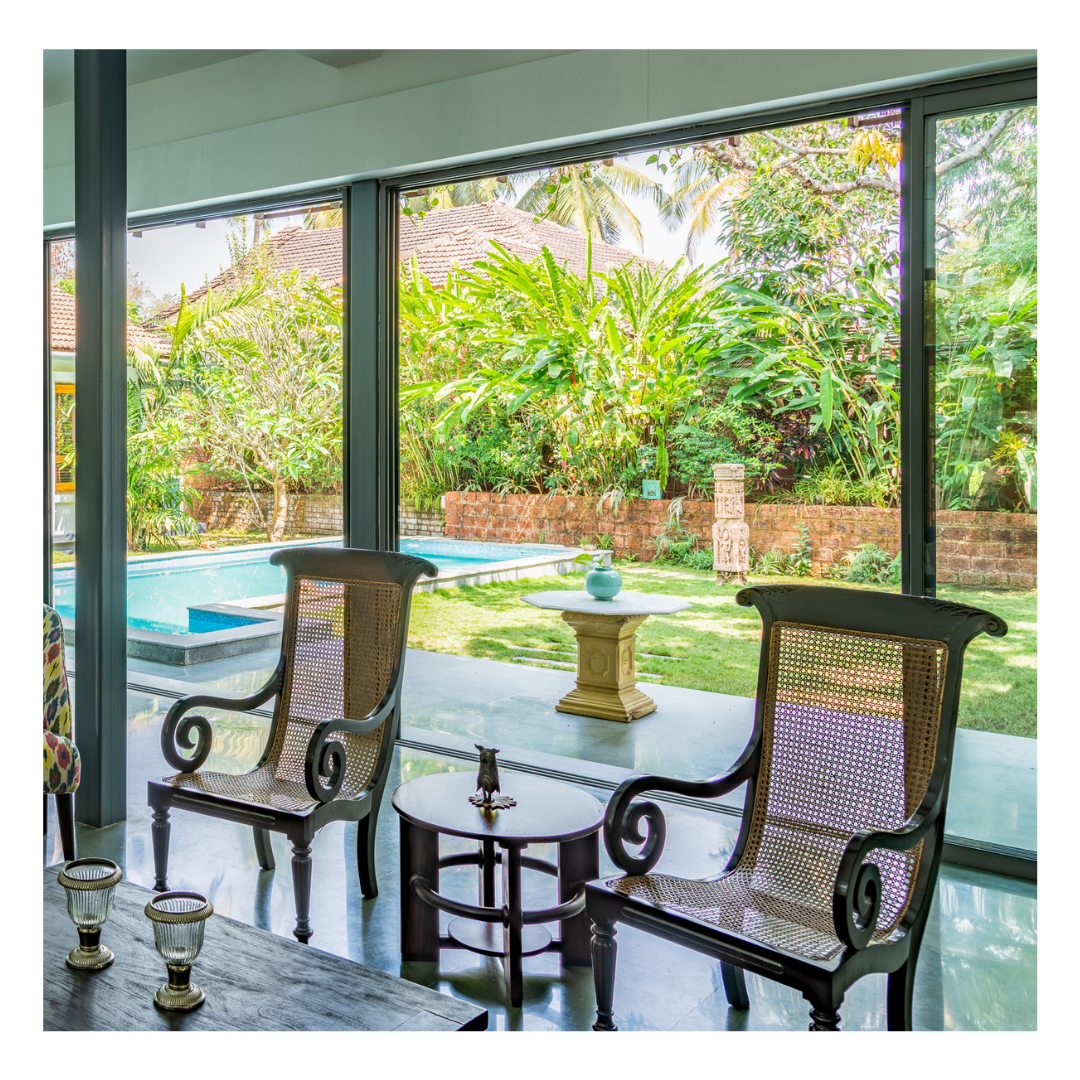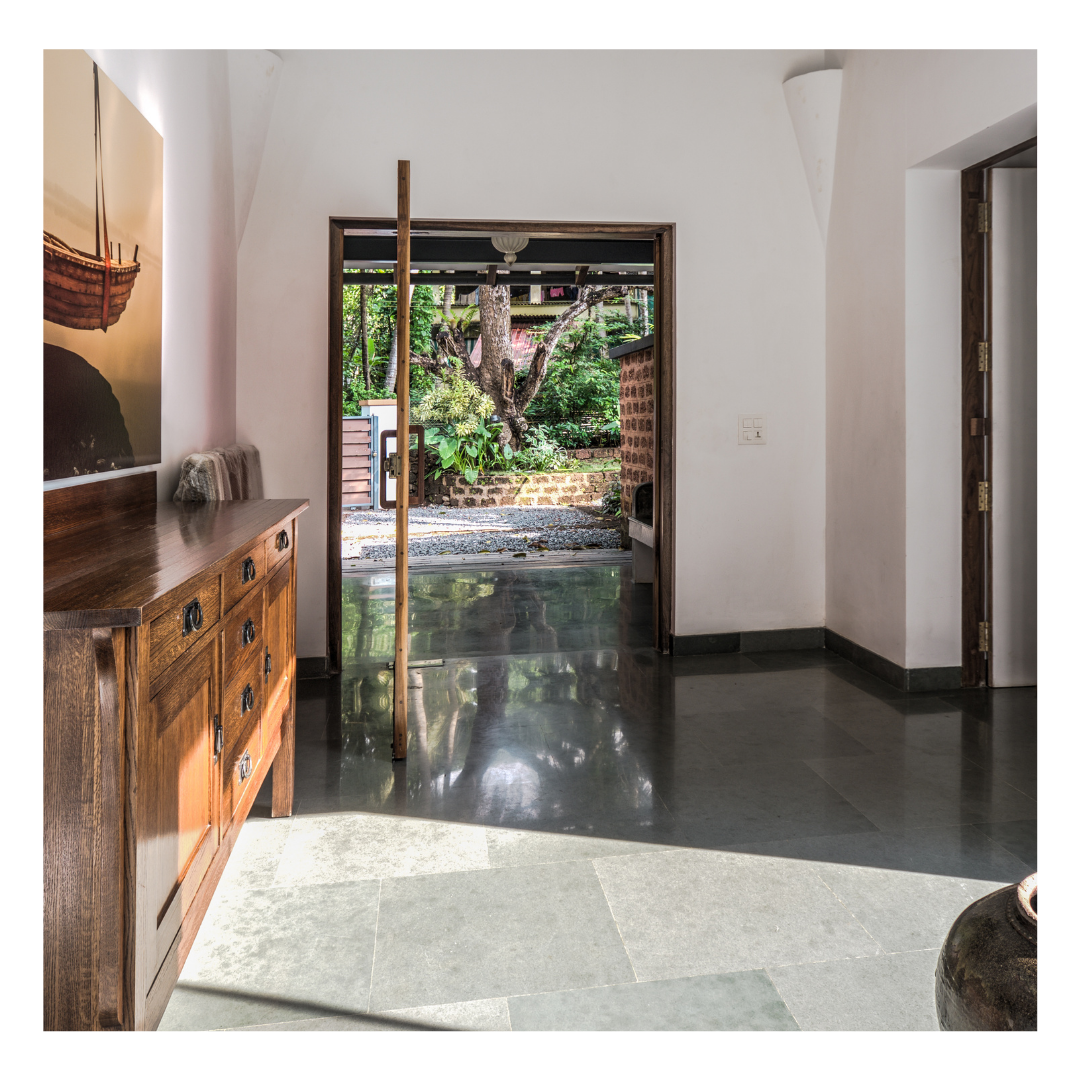Last December, our team at Grounded embarked on an exciting bird-watching walk at the Socorro Plateau in Goa. A local eco-organization organized this beautiful trail, Khoj-aao, providing us with a perfect retreat into the wild, which is literally in my backyard in Goa.
We gathered at the meeting spot around 4 PM, ready for an evening walk. Goa is renowned for its birdlife and home to the Salim Ali Bird Sanctuary, had us hopeful for what the plateau had in store for us. We were told that the plateau is home to around 400 species of birds and many trees in Goa. These are some of the joys of living in Goa.
As we walked, the plateau revealed its wonders. We saw a variety of birds, insects, and plants that made the experience truly special. The setting sun cast a golden glow over the landscape, adding to the beauty of the evening.
Here are some of the highlights from our walk:
Birds of Goa: Green bee-eaters, Blue-tailed bee-eater, Red-vented bulbuls, Red-whiskered bulbuls, Indian Robin, Indian Golden Orioles, Black drongo, Rock pigeons, Brahminy kite, Malabar Barbets, Asian Koel, Barn swallows, Spotted doves, Indian Peafowl, Pied Bushchat, Brahminy Starlings, Plum-headed Parakeets, Greater Coucal
Biodiversity: Indian Giant Millipede, Crematogaster ant colonies, Indian Golden Hare (scat), Crab's eye, Ironwood plant (Anjan in Hindi), Button pipeworts, Saptaparni tree (blackboard tree), Ghela (fish poison plant), many types of grasses.
Pc: Sanjeet Wahi
Our bird-watching walk at Socorro Plateau was more than just an evening out. It was a chance to connect with nature, learn about the local wildlife, and bond as a team. The memories we made and the beauty we witnessed will stay with us for a long time.
If you're ever in Goa and looking for a peaceful retreat, we highly recommend taking a bird-watching walk at the Socorro Plateau. It's an experience you will remember!
















